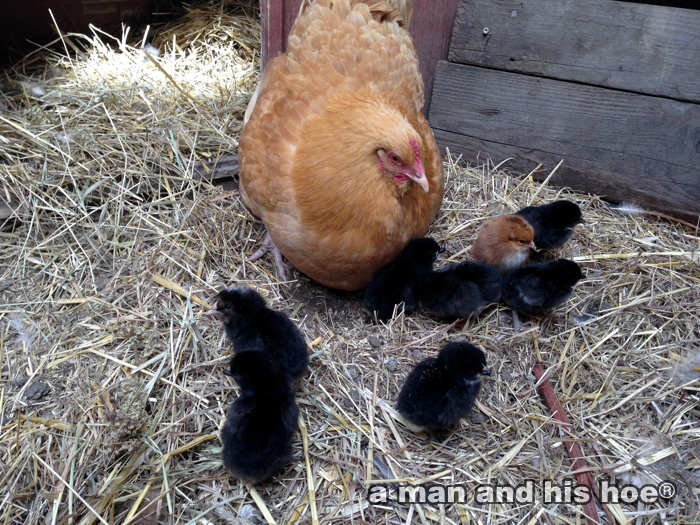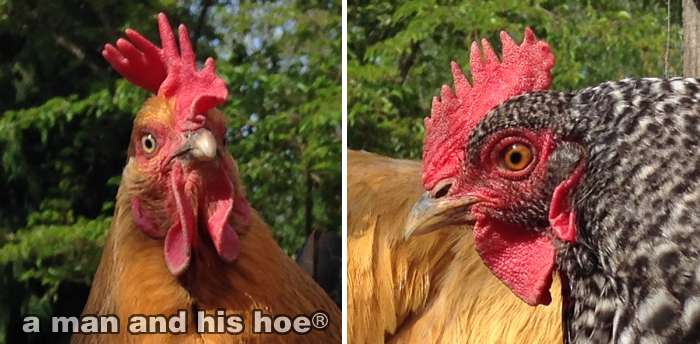Your cart is currently empty!
Tag: chicken combs
-
They Are All Unique
How do you tell them apart? When they are this young, like these eight chicks hatched yesterday, there is one that pops out because it is a different color. The rest look the same, but if you look closely, you’ll see little differences in the coloring, the feet, the faces, and the personalities. Some stay close to their mothers. Others are more adventurous. Some are quiet, others loud.

As they grow up, their differences shine. You would never mistake these two hens. Their coloring is very different, but so are their combs and wattles, their faces, and their beaks. Compare the combs on these two hens. One has floppy, rounded teeth on her comb. The other upright, pointed ones. There is an infinite variety of combs. Some flop left. Some flop right. Some both ways. Many are straight. Looking at their combs is one of the easiest ways to tell chickens apart.

Their personalities also stand out. Stay in one place very long, and Billy and his consorts are sure to come by. You might say some roosters develop an entourage. To keep an entourage, they have to work at it. Hens won’t stick around if they aren’t being treated right.Of course, if you pack in chickens cheek to jowl, and only have hens, the dynamics change. In the wild, chickens never end up cheek to jowl. They spend as much time alone as they do with the rest of the flock. So it makes me think that chickens raised in the artificially super-packed quarters most are, must be under continuous stress, not know how to deal with having so many others around them all the time, and never having any time alone.

On a place like a man and his hoe®, chickens are not cackling all the time. But if you enter an egg laying house or poultry barn, the noise is deafening. They don’t make such continuous noise in a natural setting, so something is dreadfully wrong when they are packed in together.